13 Fresh Herbs That Dance on Your Taste Buds Like Thyme
Thyme’s earthy, slightly minty flavor makes it a cornerstone in many kitchens, enhancing everything from roasted vegetables to sauces.
When fresh or dried thyme isn’t available, herbs like oregano, marjoram, or rosemary can step in as reliable replacements.
Some substitutes bring similar woodsy notes, while others add subtle floral or peppery elements.
These thirteen best substitutes for thyme offer a spectrum of flavors to complement different recipes.
Understanding the nuances of each herb helps you maintain harmony in your dishes.
Whether cooking Mediterranean fare or classic stews, these alternatives ensure thyme’s essence is preserved.
Learn how to effectively swap thyme without losing the heart of your meal.
The Guide to Thyme
Thyme is a small leafy herb that adds a fresh, earthy flavor to many dishes. It grows in tiny green leaves on woody stems and belongs to the mint family. This herb works well in soups, stews, roasted meats, and vegetables, giving them a subtle warmth.
Thyme blends beautifully with other herbs like rosemary and oregano, making it a staple in many kitchens. Its versatility and gentle aroma make it a go-to choice for adding natural flavor to your daily meals.
Key Flavor Notes of Thyme
Thyme has a fresh, earthy flavor with hints of lemon and mint. A subtle woodsy note gives it a natural warmth without being strong or sharp.
Fresh thyme tastes lighter and brighter, while dried thyme offers a more concentrated, slightly bitter flavor. A gentle peppery touch rounds out its profile. The overall taste feels clean, herbal, and well-balanced.
What to Replace Thyme
Thyme offers a gentle, earthy aroma. If it’s not around, you can still create a dish with balanced herbal notes. The key is subtlety.
Marjoram
Marjoram is a fantastic substitute for thyme with its similar woody aroma that perfectly mimics thyme's distinctive flavor profile.
The herbs share comparable taste characteristics, though marjoram offers a slightly milder experience with a touch more sweetness than its cousin oregano.
Most recipes allow for a straightforward 1:1 substitution ratio when swapping thyme for marjoram, making the exchange incredibly simple in your cooking.
For those switching between fresh and dried forms, remember that 1 teaspoon of fresh herbs equals just 1/2 teaspoon of dried due to the concentration of flavor.
Despite not being as common in home kitchens as other spices, marjoram deserves more attention for its delicious versatility in countless recipes.
Basil
Fresh basil is an excellent substitute for thyme, adding a distinctive pizzazz to dishes with its bright flavor profile.
The notable difference lies in basil's pronounced anise or licorice undertones, which should be considered when making this swap in recipes.
Basil works wonderfully in savory cocktails and certain baked goods where thyme might typically be used.
Due to its stronger taste compared to thyme, adjustments in quantity are necessary for best results.
For recipes calling for fresh thyme, using half the amount of basil will achieve the right balance, while dried versions can be substituted in equal measurements.
Oregano
Oregano stands out as the closest match to thyme's distinctive flavor profile, making it the most reliable substitute in your kitchen arsenal.
This Mediterranean herb, a member of the mint family, delivers a savory taste with subtle hints of rosemary and lemon that works beautifully on pizza and various meat dishes.
Fresh oregano can replace fresh thyme in equal amounts, while the same 1:1 ratio applies when substituting dried forms of these herbs.
The widespread availability of oregano in grocery stores makes it an especially convenient choice when thyme isn't on hand for your recipes.
Italian Seasoning
In countless recipes around the world, Italian seasoning stands out as a flavorful blend of herbs that elevates dishes beyond the ordinary.
This aromatic mixture typically contains oregano, thyme, rosemary, basil, and marjoram, with some variations including tarragon, bay leaf, and occasionally lavender for extra depth.
Many people reach for this convenient blend when preparing pasta sauces, pizzas, and other Mediterranean-inspired meals, saving time instead of measuring individual herbs.
Italian seasoning works perfectly as a substitute for thyme in any recipe with a simple 1:1 ratio, though the resulting flavor will have more complexity and layers.
Most grocery stores carry this versatile dried herb blend in their spice section, making it accessible for everyday cooking adventures.
Herbs de Provence
Herbs de Provence offers a fantastic alternative to thyme in many recipes, sharing similar flavor notes while bringing its own French-inspired character to dishes.
This aromatic blend contains thyme along with other herbs, making it a natural stand-in when your spice rack is missing the essential ingredient.
The mixture works wonderfully with various meats, particularly adding depth to chicken and fish dishes while also enhancing prime rib with its distinctive profile.
For best results, simply use the same amount of Herbs de Provence as the thyme called for in your recipe.
Though the flavor won't be identical to pure thyme, the complex herbal notes will add an interesting and delicious dimension to your cooking.
Tarragon
Tarragon offers a delightful alternative to thyme in many recipes with its distinctive licorice undertones and bitter profile that shines in French cooking.
This versatile herb works beautifully as a substitute in chicken and seafood dishes where thyme would normally be used, maintaining a similar but milder flavor profile.
For perfect results when making this swap, simply use equal amounts- a 1:1 ratio- while making sure to match dried tarragon with dried thyme or fresh with fresh.
Sauces and dressings gain wonderful dimension from tarragon's unique taste, while meats and stews benefit from a light sprinkling of this herb.
Many people find tarragon adds an elegant touch to everyday meals without overwhelming other ingredients.
Sage
Sage, a cozy herb popular during fall, adds distinctive flavor to many American Thanksgiving dishes and pairs wonderfully with poultry.
This versatile ingredient works year-round as an excellent thyme substitute in recipes despite having its own unique taste profile that differs noticeably from thyme.
You can easily swap sage for thyme using a simple 1:1 ratio in their cooking.
The herb especially enhances hearty dishes like stews by bringing out complementary flavors of other ingredients.
Sage's warming qualities make it perfect for comfort food during colder months while still being adaptable enough for summer meals.
Fresh Parsley
Herb substitution can save your recipe when thyme isn't available, with fresh parsley being an excellent alternative thanks to its clean, bright flavor profile.
Parsley offers a less earthy taste that pairs wonderfully with cold dishes, making it perfect for dips and salads where thyme would typically shine.
The physical differences between these herbs are significant - parsley has broader, flatter leaves compared to thyme's tiny ones, so chopping parsley finely helps it blend better into your dishes.
For best results, simply use an equal 1:1 ratio when swapping parsley for fresh thyme in recipes, though you might notice a milder overall flavor that works especially well in summer dishes where thyme's intensity isn't needed.
You often find this substitution surprisingly effective, especially when the herbs are properly prepared and incorporated into the right dishes.
Zaatar
Zaatar, a popular Mediterranean spice blend with thyme as its main ingredient, offers an excellent substitute in many dishes where thyme is needed.
This flavorful mixture combines sumac, marjoram, oregano, and sesame seeds, making it perfect for rich meats and creamy dressings while adding more depth than thyme alone.
When cooking with zaatar, a cautious approach works best since its robust flavor profile can sometimes overpower other ingredients in your recipe.
For best results, begin with half the amount of zaatar compared to the thyme called for in your dish.
The versatility of this Mediterranean blend makes it worth keeping in your spice cabinet for those moments when you run out of plain thyme but still want that herbal essence.
Poultry Seasoning
Poultry seasoning plays a starring role in flavoring chicken and turkey dishes, particularly during autumn months when holiday meals take center stage.
This aromatic herb blend combines marjoram, thyme, nutmeg, and black pepper to create a distinctive taste that enhances poultry without overpowering it.
Salt is already included in most commercial poultry seasonings, so careful tasting while cooking helps prevent over-salting your dish.
The substitution works best when you start with half the amount of thyme called for in your recipe, then adjust according to your preference.
Rosemary
Rosemary stands out as a delicious substitute for thyme with its distinctive piney flavor that complements meats and chicken beautifully.
The aromatic herb pairs wonderfully with olive oil, making it perfect for homemade salad dressings when thyme isn't available.
For best results, you can substitute rosemary for thyme in a simple 1:1 ratio or try a half-and-half combination of both herbs to create a more complex flavor profile.
This versatile herb saves many recipes when thyme supplies run low in your spice cabinet.
Marjoram and Parsley
Substituting herbs in recipes requires creativity, with marjoram and parsley together making an excellent replacement for thyme when you need an alternative.
The delicate sweetness of marjoram delivers those essential earthy flavors similar to thyme, while parsley adds a peppery freshness that creates balance in your dish.
These common kitchen herbs combine beautifully to mimic thyme's complexity without overwhelming other ingredients.
For perfect results, simply mix one part marjoram with half part parsley - so when a recipe calls for one teaspoon of thyme, just use one teaspoon of marjoram plus half a teaspoon of parsley instead.
This easy herb substitution works wonderfully in soups, stews, and meat dishes where thyme would normally shine.
Savory
Savory stands out as the closest match to thyme with its remarkably similar earthy, peppery flavor profile that complements both meat and vegetables perfectly.
Many people may not have savory readily available in their kitchen or might not even recognize this herb despite its excellent substitution potential.
Summer savory offers a more delicate taste than thyme, while winter savory tends to bring a slightly bitter edge to dishes.
The wonderful thing about using savory instead of thyme is the straightforward 1:1 substitution ratio that makes recipe adjustments effortless.
This lesser-known herb deserves more attention for its versatility in almost any dish that typically calls for thyme.
Fresh vs. Dried Herbs: Which Substitute Works Best?
Fresh and dried herbs each bring their own charm, especially when replacing thyme.
Fresh herbs add a bright, lively touch that really pops in dishes cooked quickly or added right before serving. Dried herbs pack more punch and work great in slow-cooked meals where the flavors get to mix and mellow together.
Picking between fresh or dried thyme substitutes depends on how the dish is made and how strong you want the flavor to be. Fresh ones are perfect for a light, fresh taste, while dried ones shine when you want something deeper and more lasting.
Thyme Substitutes Based on Dishes
Different dishes call for different flavors, so picking the right thyme substitute depends on what you’re cooking. Matching substitutes to the dish helps keep every meal tasting just right.
Best Substitute for Poultry and Meats
Here are some best choices in poultry and meat dishes.
Best Substitute for Soups, Stews & Sauce
Picking the right thyme substitute in soups, stew, and sauces depends on the dish’s flavor profile and how long it cooks. Check out these options for better result.
Best Substitute for Vegetable and Bean Dishes
Substitutes for thyme in vegetable and bean dishes vary based on the flavor and texture you want, such as:
Storing Your Thyme Substitutes Correctly
Fresh herbs should be wrapped loosely in a damp paper towel and kept in the fridge, ideally inside a plastic bag or airtight container. This keeps them moist without making them soggy.
Dried herbs need a cool, dark place away from heat and sunlight to preserve their oils and aroma. Airtight jars or containers work best to prevent moisture and air from dulling their flavor.
Avoid storing dried herbs near the stove or windows where heat and light can fade them quickly. Checking herbs regularly for freshness and replacing them when the scent fades ensures every dish gets the best taste.

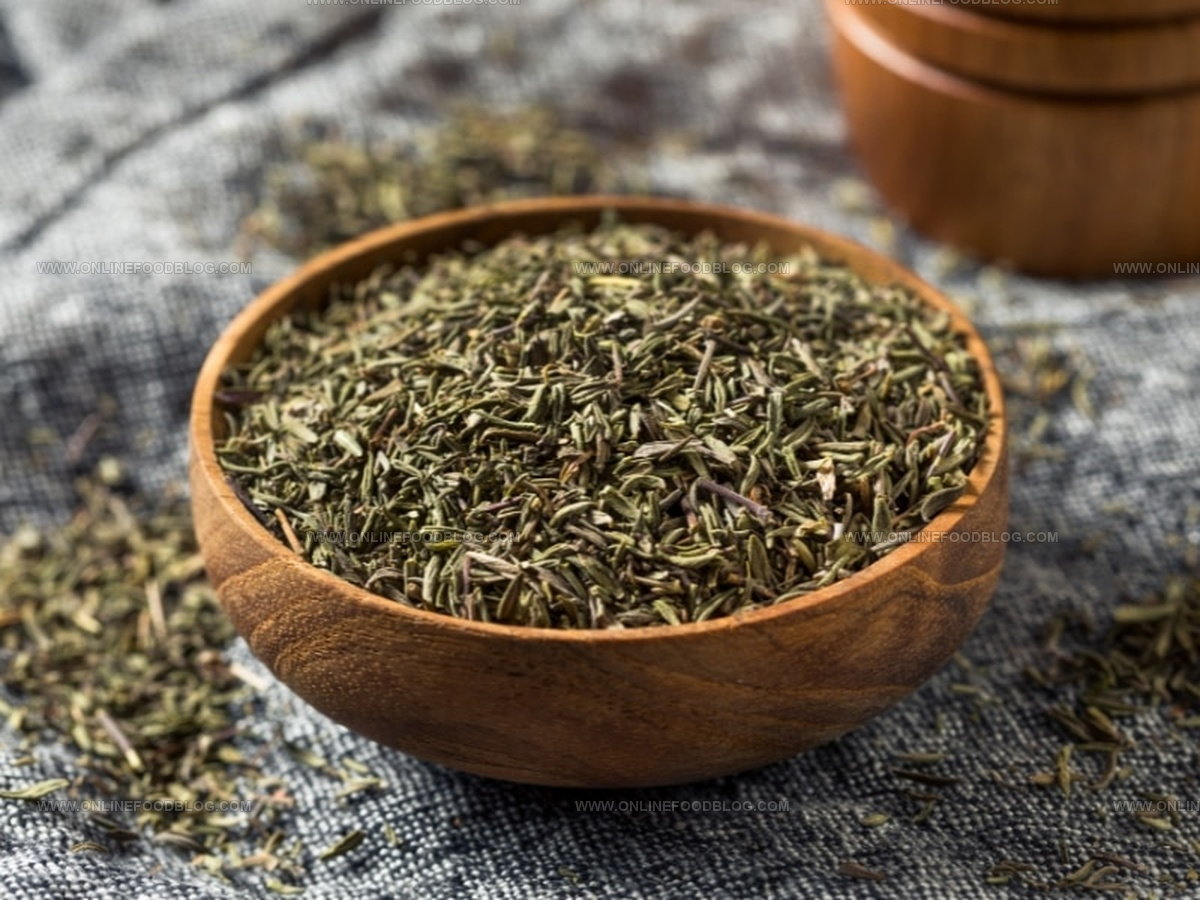
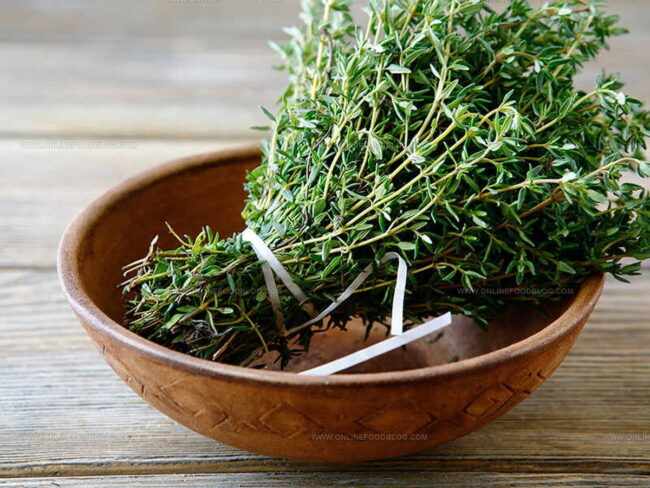
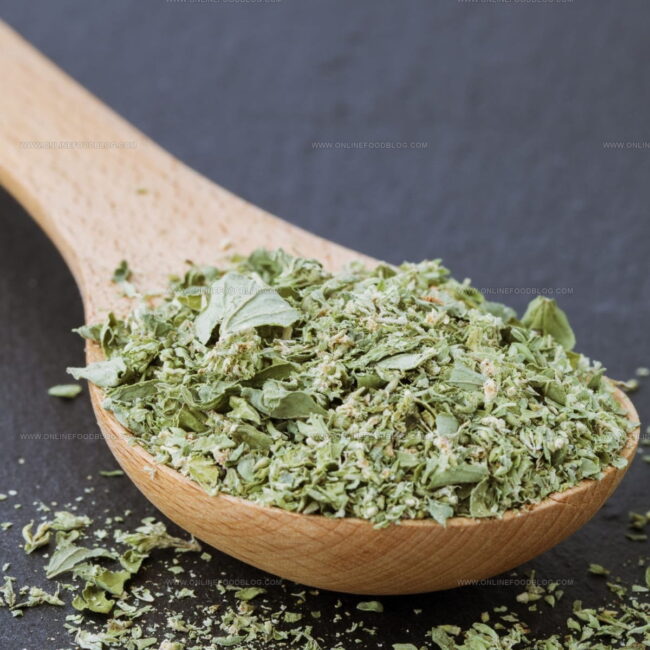
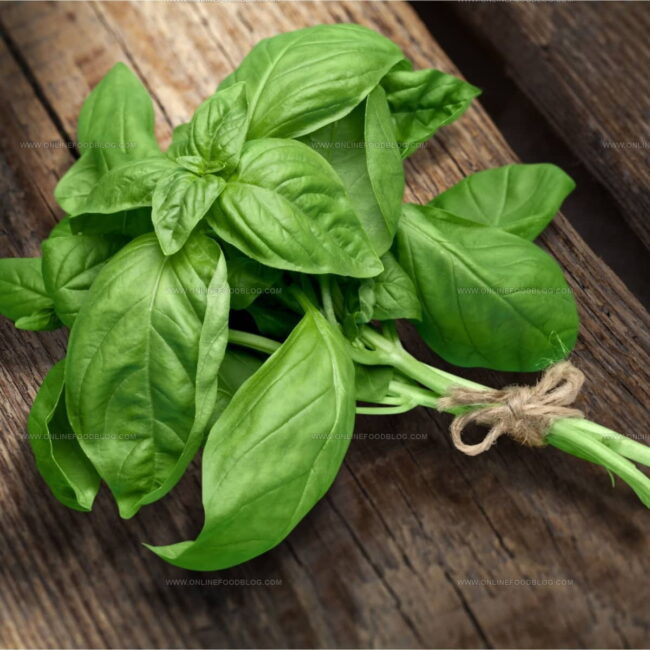
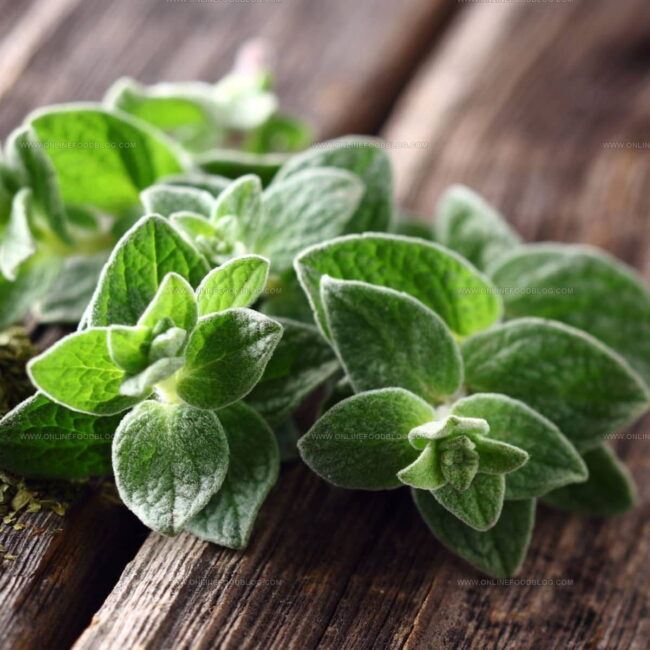
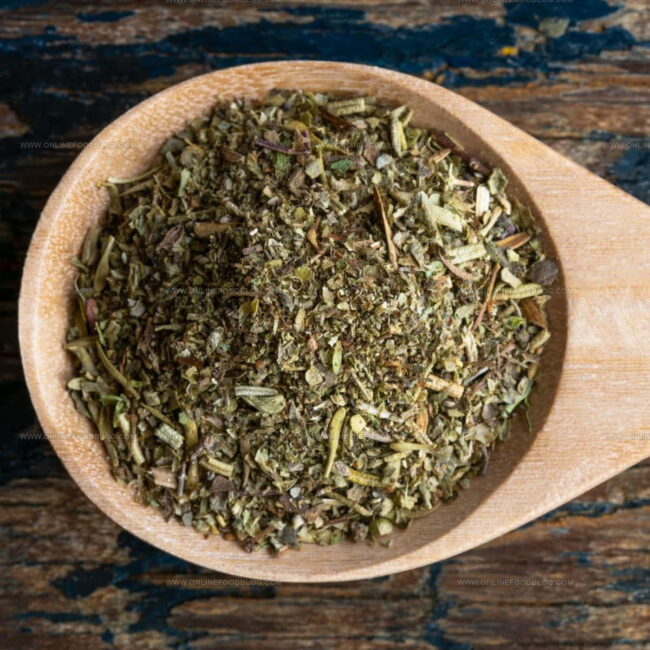
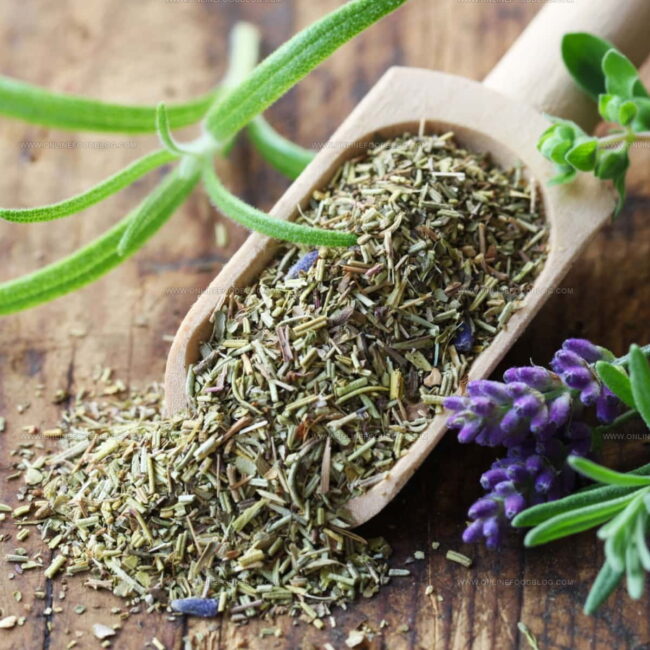
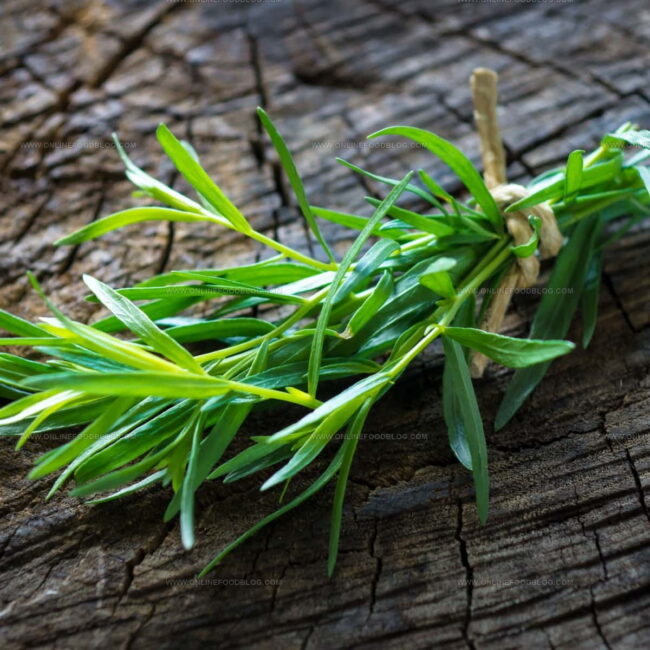
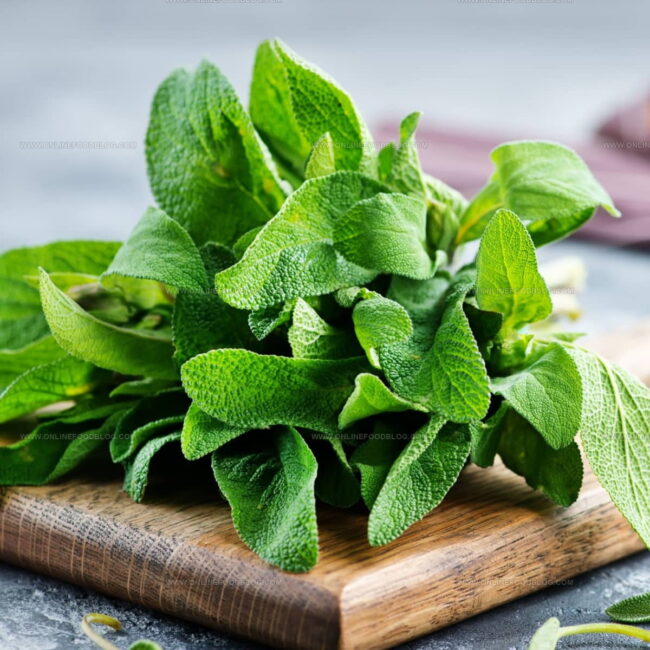
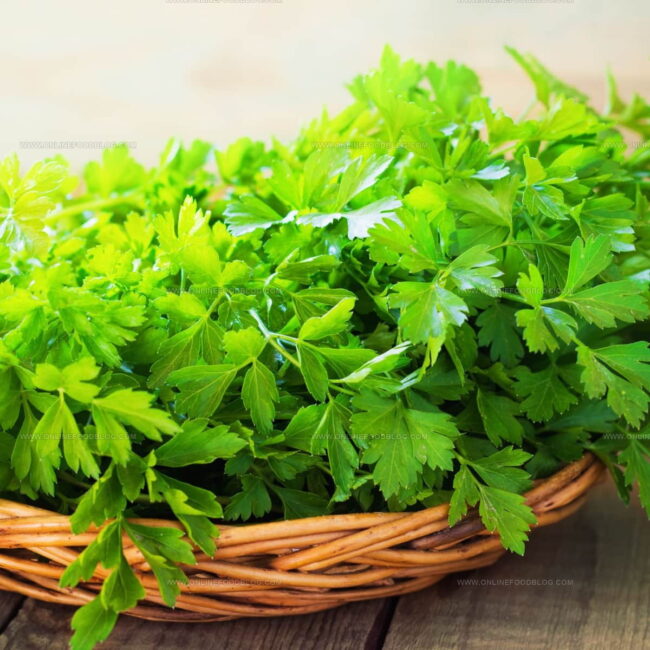
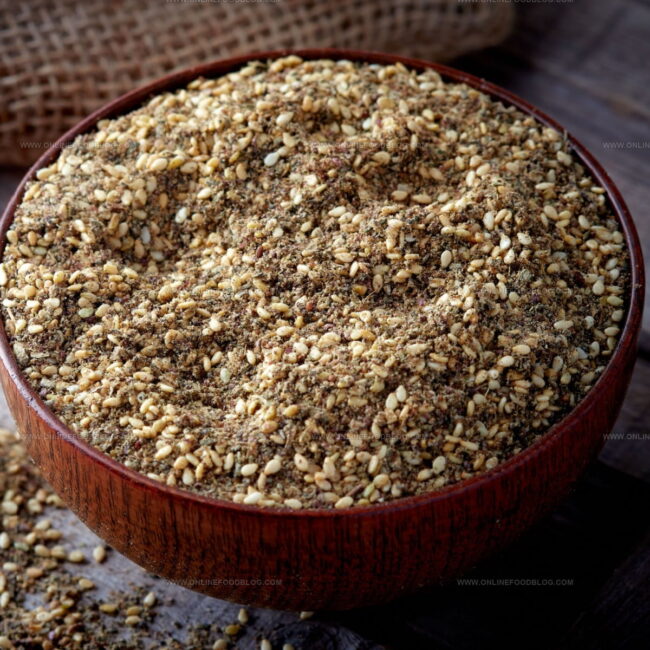
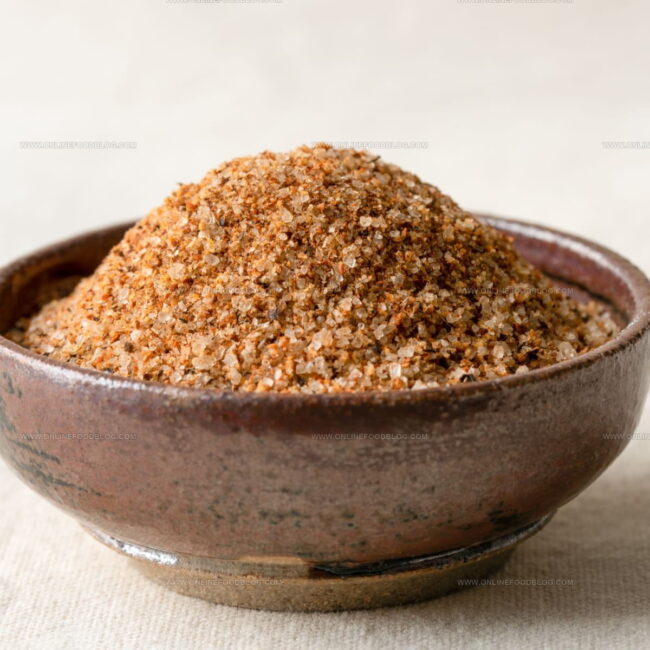
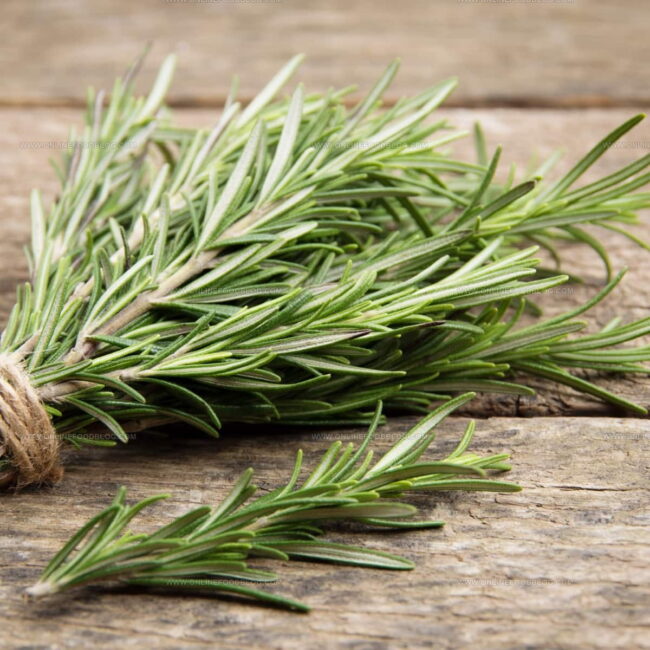
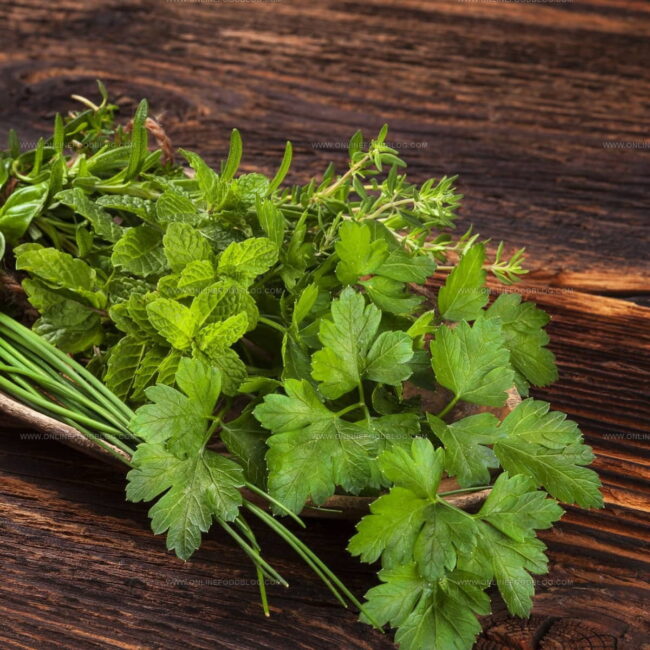
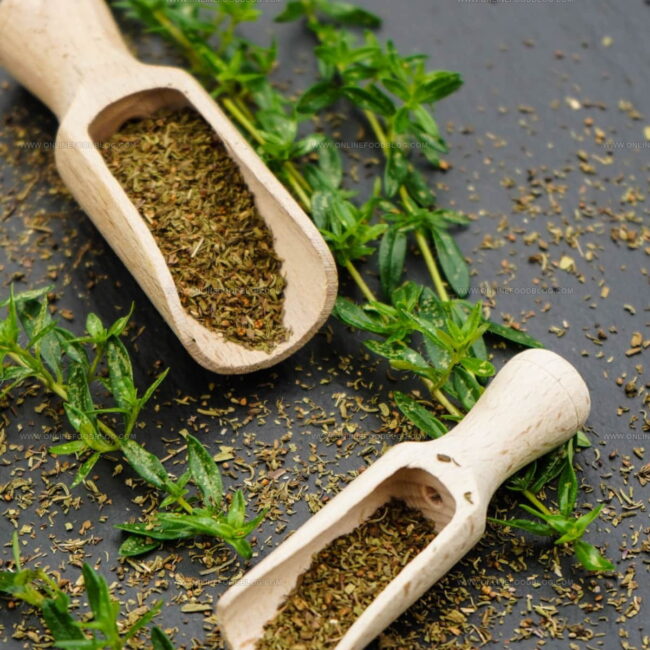
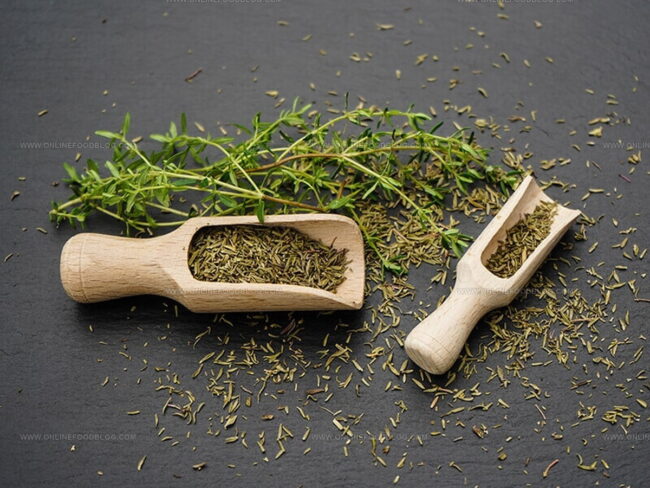
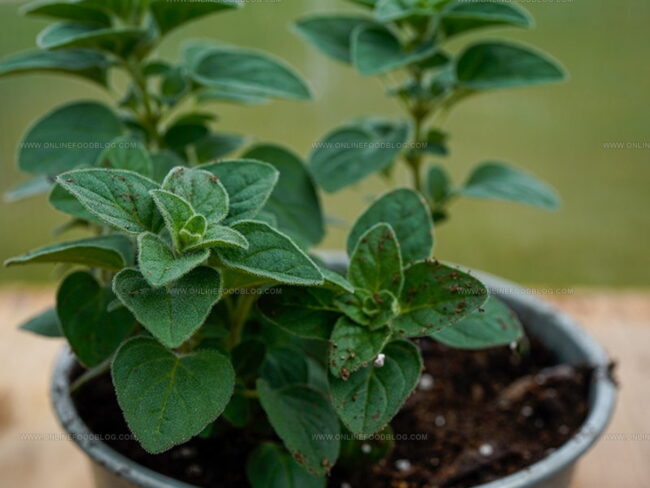
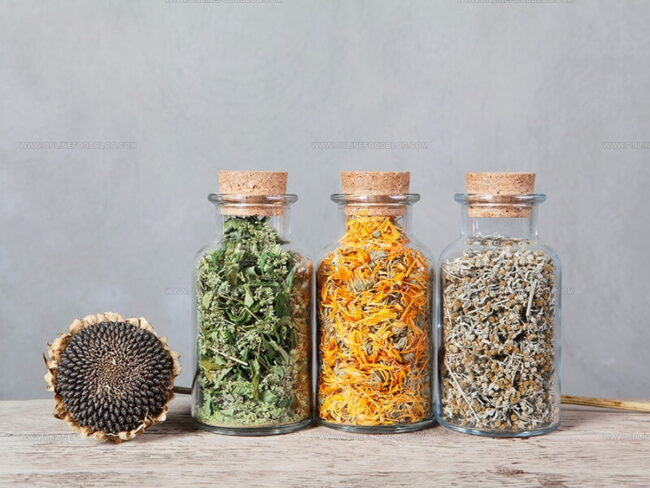
Mia Reynolds
Food Writer & Home Cooking Specialist
Expertise
Easy Home Baking, Recipe Writing and Storytelling, Local and Seasonal Ingredients, Baking for Beginners
Education
New England Culinary Institute (NECI), Montpelier, Vermont
Community College of Vermont, Winooski, Vermont
Mia Reynolds fell in love with baking as a teenager experimenting in her family kitchen. Her passion took her to New England Culinary Institute, where she learned practical pastry techniques, and later to Community College of Vermont to deepen her understanding of food management.
Mia combines clear, simple baking instructions with heartwarming stories, making home baking approachable for everyone.